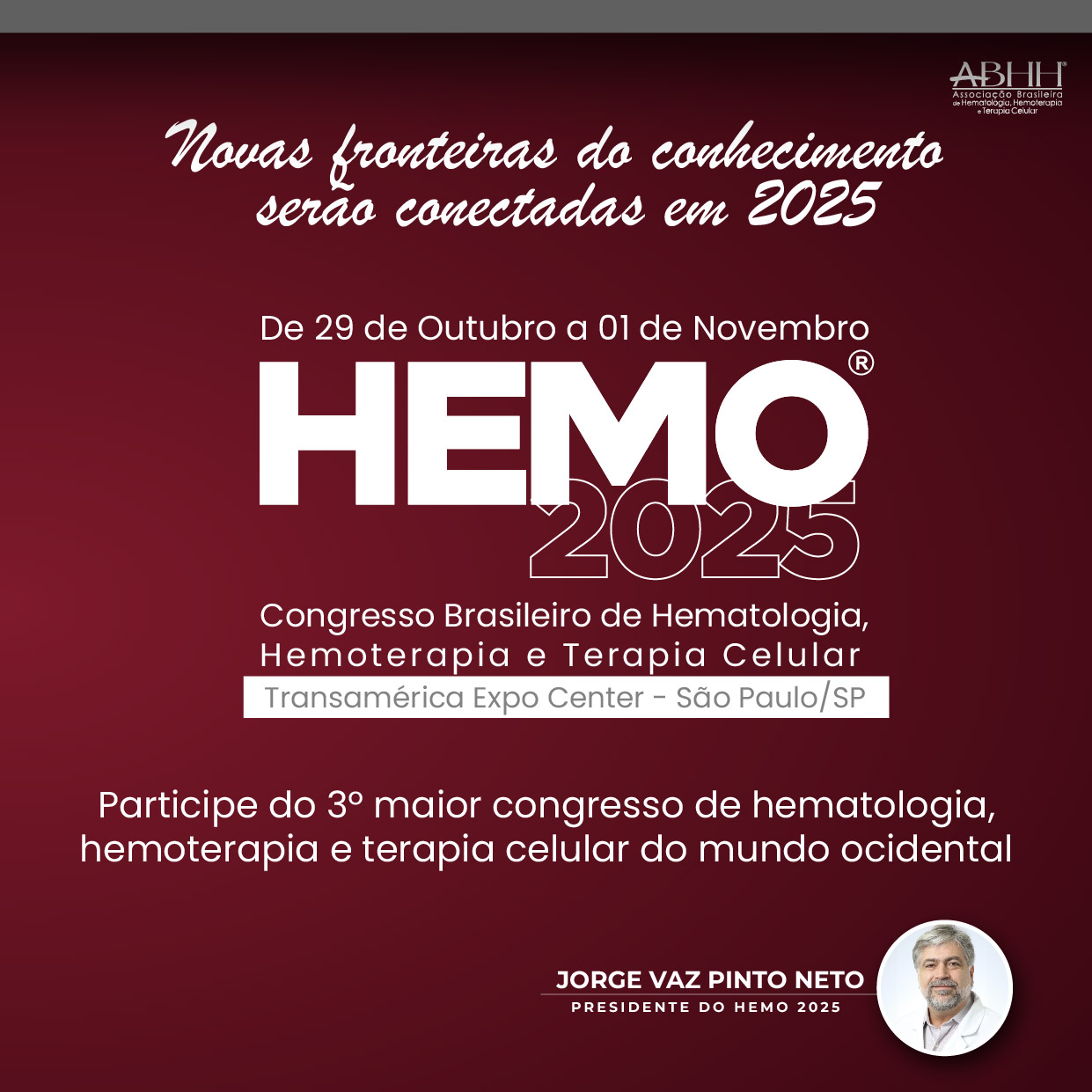
High-risk genetic mutations significantly influence prognosis in multiple myeloma. Although autologous Hematopoietic Stem Cell Transplantation (auto-HSCT) is a cornerstone of multiple myeloma treatment, the prognostic impact of genetic abnormalities in patients undergoing a second auto-HSCT warrants further investigation. This study aims to evaluate the prognostic significance of high-risk genetic mutations in multiple myeloma patients undergoing a second auto-HSCT.
MethodologyThis retrospective analysis evaluated 26 multiple myeloma patients who underwent a second auto-HSCT between May 5, 2017, and December 10, 2024. Detailed analysis was conducted on 19 patients with available pre-transplant Fluorescence In Situ Hybridization (FISH) data. Among these, 9 patients underwent tandem transplantation, and 10 underwent a non-tandem second auto-HSCT. Prognostic analyses focused on genetic abnormalities detected by FISH.
ResultsThe analyzed cohort included 10 males (52.6%) and 9 females (47.4%), with a mean age of 56.79-years (SD = 10.39, range 34–69). Median follow-up post-second transplantation was 31-months (IQR 18–54). Median intervals between two transplantations were 16-months (IQR 4–72.5) overall and 62-months (IQR 31–93) excluding tandem cases. High-risk genetic mutations were detected in 11 of 19 analyzed patients (57.9%): deletion 17p and amplification 1q (each 26.3%), t(4;14) (15.8%), deletion 1p (10.5%), and t(14;16) (5.3%). Patients with high-risk mutations had a higher mortality rate (54.5% vs. 25%), although not statistically significant overall (p = 0.198). Amplification 1q was significantly associated with increased mortality (80% vs. 28.6%, p = 0.048). Kaplan-Meier analysis revealed significantly shorter overall survival for patients with ≥ 2 high-risk mutations (16.10 vs. 59.43 months, p = 0.017), amplification 1q (32.50 vs. 60.57 months, p = 0.048), and deletion 17p (18.50 vs. 59.12 months, p = 0.030). Platelet engraftment was significantly delayed in patients with at least one high-risk mutation (12.64 vs. 10.88 days, p = 0.033). Neutrophil engraftment and hospital stay durations were not significantly different. Pre-transplant hemoglobin, platelet, and neutrophil counts showed no correlation with survival, engraftment times, or hospital stay duration. Survival outcomes were similar between tandem and non-tandem transplantation groups; however, within the tandem subgroup, genetic mutations were associated with higher mortality (66.7% vs. 0%, p = 0.058).
ConclusionHigh-risk genetic mutations, particularly amplification 1q and deletion 17p, significantly predict poorer survival outcomes following second autologous Hematopoietic Stem Cell Transplantation (auto-HSCT) in multiple myeloma patients. Patients harboring these mutations exhibit higher mortality rates and delayed platelet engraftment, underscoring the clinical importance of pre-transplant genetic profiling. Early identification of these genetic abnormalities through FISH analysis could enable more precise risk stratification, guide personalized therapeutic approaches, and potentially improve clinical management and patient outcomes in multiple myeloma.






